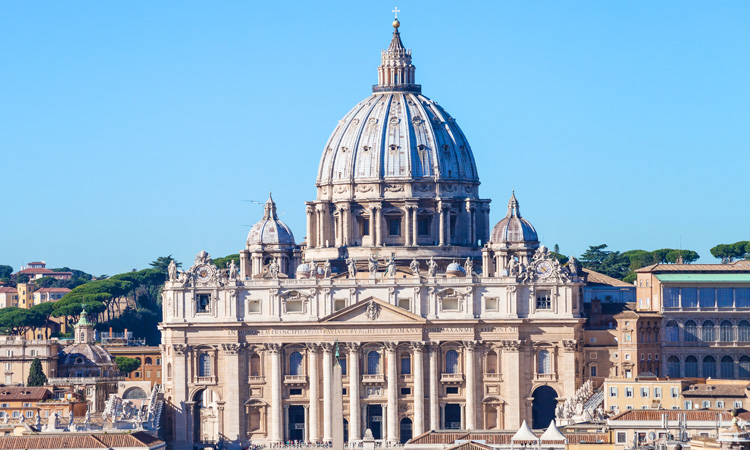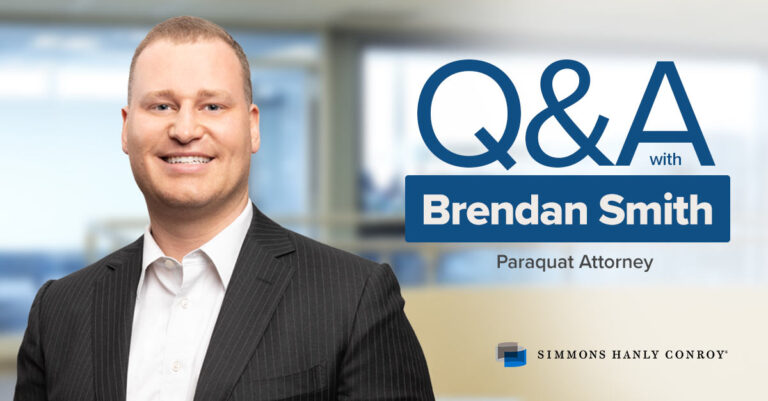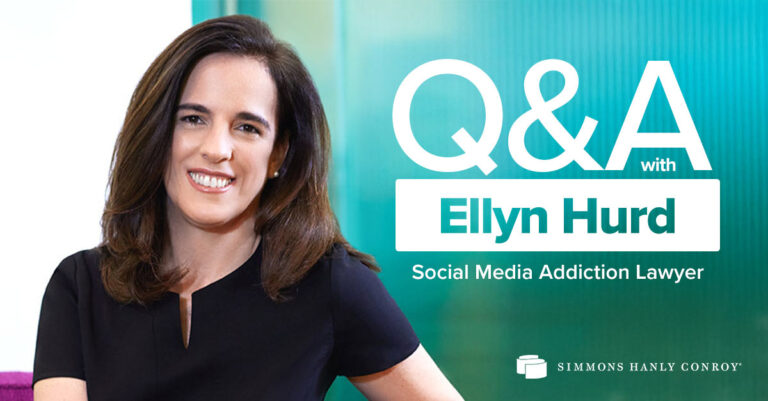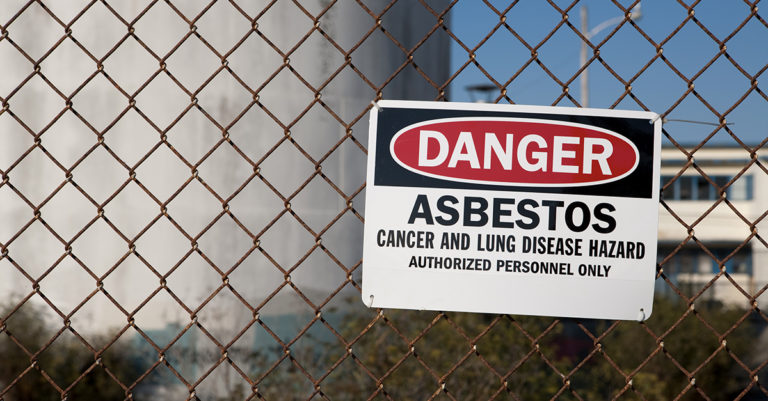
The Vatican summit on child abuse convened by Pope Francis has come to a close, and many survivors feel no closer to justice than they were before.
The historic four-day summit, titled “Protection of Minors in the Church,” brought together 114 bishops from around the world to Vatican City in order to address the issue of child sexual abuse within the church. Many hoped the Roman Catholic Church’s most powerful leader would use the unprecedented summit to put forward new policies that would protect children and hold sexual abusers accountable.
There are changes on the horizon, according to the Rev. Federico Lombardi S.J., who served as moderator of the summit. According to Lombardi, three concrete initiatives will be implemented in the coming days:
- A proclamation from the pope, known as a “motu proprio,” that will provide “rules and regulations to safeguard minors and vulnerable adults within Vatican City State.”
- The worldwide distribution of a rulebook, known as a “vademecum,” to bishops that explains “their juridical and pastoral duties and responsibilities with regard to protecting children.”
- A “task force” will be created to assist church leaders who “may lack the necessary resources or expertise to confront the issue of safeguarding minors, and deal with abuse.”
Much of the criticism of the summit focused on the steps not taken. Although a “zero tolerance” policy for abuse was brought up by different speakers, no such language was ultimately used to describe the takeaways from the summit. A “zero tolerance” policy for abuse would make it so that predator priests, and those who covered up their crimes, would be dismissed from the church immediately.
To many American observers, the Vatican summit on child abuse seemed like shuffling in place rather than taking a step forward. While the unprecedented gathering of church leaders no doubt raised awareness of clergy abuse on a global level, the initiatives proposed by the church appear hopelessly slow in the face of ongoing scandal.
What Was Discussed at the Clergy Abuse Summit?
At the start of the Vatican summit on child abuse, Francis gave church leaders a mandate to come up with “concrete” initiatives to help the church address the clergy abuse crisis. To this end, he distributed his “21 Reflection Points,” which were intended to guide the discussion at the summit.
Francis was clear that the points were not decrees. He wants the church to come together to solve the ongoing problem rather than issuing demands. While this sort of collegiality is healthy in some respects, it is extraordinarily frustrating for survivors to wait on the common-sense changes called for in the 21 points. Consider points 1, 3, and 7 from the pope’s list:
- To prepare a practical handbook indicating the steps to be taken by authorities at key moments when a case emerges.
- Establish the criteria for the direct involvement of the bishop or of the religious superior.
- Establish specific protocols for handling accusations against bishops.
The clergy abuse crisis has been an open wound for decades. Thousands of priests have abused tens of thousands of children, and thousands of other priests were involved in coverups. For many, and especially for those abused, it’s incredibly disheartening to think that the Catholic church still lacks the basic tools of accountability outlined in the three points above.
The desperate and immediate need for change was underscored by Cardinal Reinhard Marx who claimed that important church files were destroyed in a deliberate effort to silence victims and hide evidence of abuse. How much longer do members of the church have to operate without clear guidelines about what to do when abuse is discovered?
If children were not getting hurt, the tortoise-paced timetable for change might be understandable. Tradition is important to the Church, but have they forgotten what hangs in the balance?
Women Speak Truth to Church Authority
Of all the speakers at the Vatican summit on child abuse, only three were women. Their testimonies provided a frank portrait of where the church is, and where it needs to go. With an audience of the most powerful members of the Catholic church, Valentina Alazraki, a journalist who has covered Catholic affairs for decades, did not mince her words:
“Ask yourselves: are you enemies, as determined as we are, of those who commit abuse or who cover them up? We have decided which side to be on. Have you done so truly, or in word alone?”
Alazraki said too many people in positions of power in the church have blamed journalists for the clergy abuse scandal. She admonished the blame shifting, and asked the church to take a proactive role in being transparent. Typically, the church only reacts to cases of abuse after they are in the press, after the cover up has failed. This has to stop, she said:
“. . . you know better than I that abuses have been covered up systematically, from the ground up. I think you should be aware that the more you cover up, the more you play ostrich, fail to inform the mass media and thus, the faithful and public opinion, the greater the scandal will be. If someone has a tumor, it is not cured by hiding it from one’s family or friends.”
Another female speaker, Sister Veronica Openibo, a Nigerian-born nun, used her opportunity to draw attention to the secrecy at the heart of the crisis:
“We must face this issue and seek healing for the victims of abuse. The normal process for clergy – in the past and still in the present in some areas – was/is to give support to ‘one of us,’ to avoid exposing a scandal and bringing discredit to the church. All offenders, regardless of their clerical status, found guilty should be given the same penalty for the abuse of minors.”
What Openibo is calling for, and what the church desperately needs, is a change of culture. Instead of protecting the church’s reputation, Catholic leadership needs to protect children. This means holding all church members accountable, no matter what outfit they wear on Sunday. For all the pageantry, abusing or raping a child is a crime that must be punished. She continued:
“The excuse that respect be given to some priests by virtue of their advanced years and hierarchical position is unacceptable. This argument states that many of the criminal offenders are old, some no longer alive, and that we should not hurt them or their reputations by taking away their priesthood in old age. We can feel sad for those who, when they were younger, committed offenses that are now being brought out to the open. But my heart bleeds for many of the victims who have lived with the misplaced shame and guilt of repeated violations for years.”
For survivors, hearing these truths can only be an important step forward if it is accompanied by concrete actions. Will the church continue to “play ostrich” and stick its head in the sand, or will the summit be a turning point in the church’s history?
Moving Forward after the Vatican Child Abuse Summit
The clergy abuse crisis has cut deep into the heart of the church. Although its misery pales in comparison to that of abuse survivors and their families, the Catholic church has sustained serious social and economic damage. Millions have left the church, and millions more will leave if the abuse crisis is allowed to continue.
As bishops and other church leaders return to their positions around the world, hopefully they have a renewed drive toward the summit’s guiding themes of “responsibility, accountability, and transparency.”
Although the church measures its history in centuries, it should be clear by now that it does not have much time left to make changes. Until it decides that protecting children is really more important than protecting the church, the free press and the civil justice system will continue to hold all religious institutions accountable for their past wrongs.




